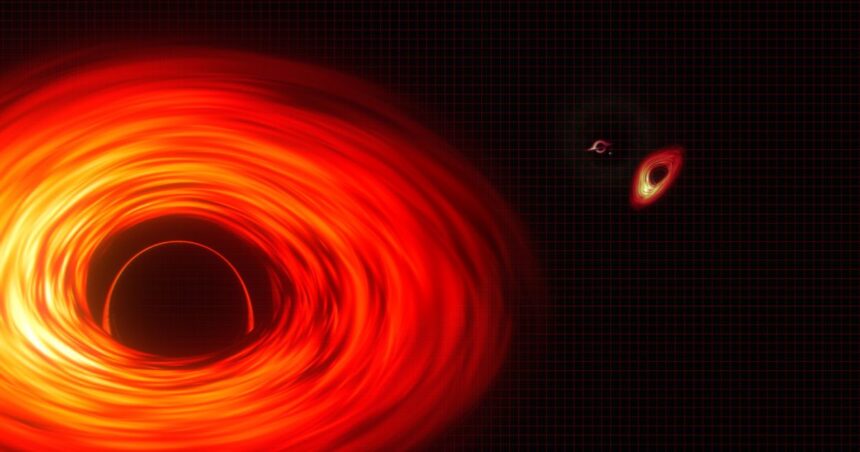The space community is buzzing with excitement. The first results from the XRISM X-ray space telescope are in. And they are nothing short of spectacular. This groundbreaking mission, led by the Japan Aerospace Exploration Agency (JAXA) with help from the European Space Agency (ESA), has revealed secrets of black holes and supernovae that were previously hidden from us.
XRISM, short for X-Ray Imaging and Spectroscopy Mission, launched less than a year ago. Its mission is to explore the high-energy universe. And it has already delivered stunning results. The telescope’s first observations have given us a detailed look at the structure, motion, and temperature of material around a supermassive black hole and a supernova remnant.
Black Hole Insights
One of the most exciting findings comes from the galaxy NGC 4151. This galaxy is about 62 million light-years away from Earth. There is a supermassive black hole in its centre. XRISM has provided a detailed view of the material very close to this black hole. This material is swirling around the black hole at incredible speeds. The telescope has captured the structure and motion of this material in unprecedented detail.
The black hole in NGC 4151 is a cosmic giant. It has a mass 30 million times greater than our Sun. XRISM’s observations have shown how this black hole consumes matter. The telescope tracked plasma as it circled the black hole at a distance of around 0.1 light-years away. This plasma is superheated gas that produces high-energy X-ray light. XRISM is the perfect instrument to observe this kind of light.
Supernova Secrets
XRISM has also shed light on the dynamics of a supernova remnant. The telescope focused on supernova N132D, located in the Large Magellanic Cloud, about 160,000 light-years from Earth. This supernova remnant is the remains of a massive star that exploded around 3,000 years ago.
XRISM revealed the surrounding structure around N132D in detail using its Resolve instrument. Scientists had previously thought that the remnant was a simple spherical shell. But XRISM revealed that it is actually shaped like a doughnut. The telescope also measured the speed at which the hot plasma in the remnant is moving towards or away from us. This plasma is expanding at the apparent speed of around 1,200 kilometers per second.
One of the most surprising findings was the temperature of the iron within the supernova remnant. XRISM discovered that the iron atoms have an extraordinary temperature of 10 billion degrees Kelvin. This iron was heated during the supernova explosion through violent shock waves spreading inwards. This phenomenon had been predicted by theory but never observed before.
A New Era of Exploration
These new findings shed important light on how surrounding matter is captured by black holes to facilitate their growth. They also offer new insights into the life and death of massive stars. XRISM’s exceptional capability in exploring the high-energy universe is now clear.
“These new observations provide crucial information in understanding how black holes grow by capturing surrounding matter, and offer a new insight into the life and death of massive stars,” said Matteo Guainazzi, the ESA XRISM Project Scientist, in a release. They demonstrate the mission’s extraordinary potential for high-energy cosmos exploration.
The XRISM mission is just beginning. With these first results, the telescope has already proven its worth. Scientists are eager to see what other secrets it will uncover in the future. The high-energy universe is full of mysteries, and XRISM is ready to explore them.




